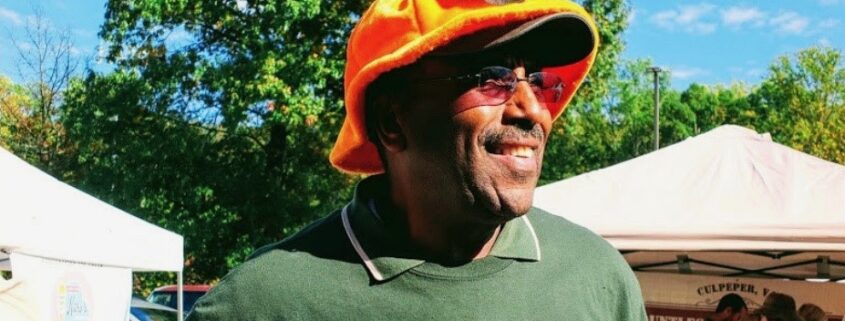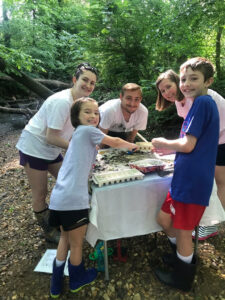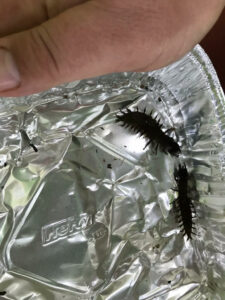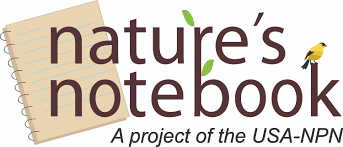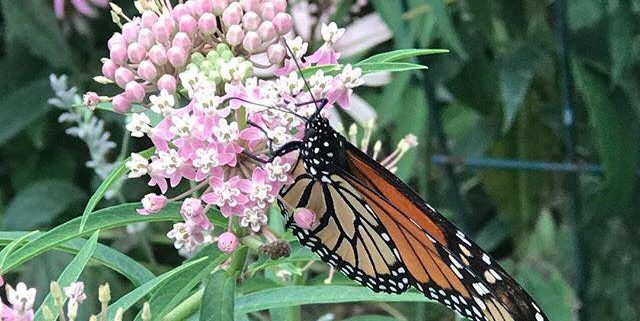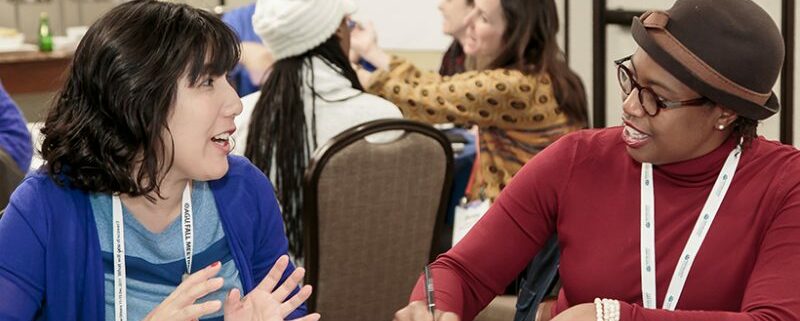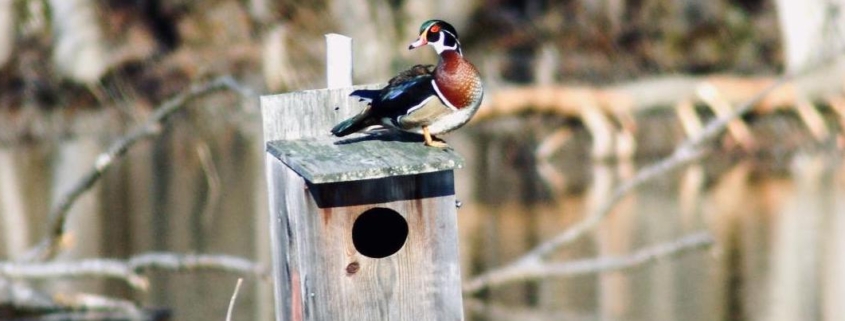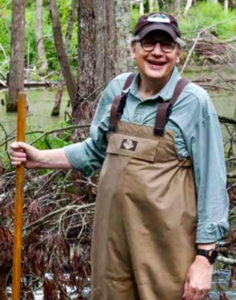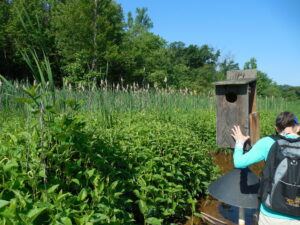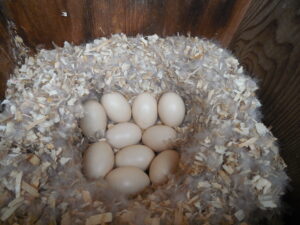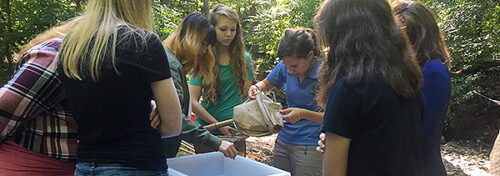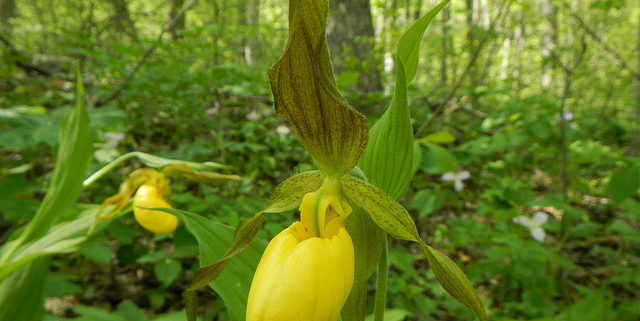Volunteer with the Farmers Market team
Are you a local food enthusiast?
Love the outdoors and don’t like being tied to a desk?
Would you like to help bring fresh, healthy, local produce to your community?
Are you interested in supporting local farmers/producers and contributing to their livelihood?
Then this volunteer opportunity is for you!
The primary Market Manager duties include opening and closing the markets, and serving as the face of the Farmers Market Program to customers and vendors. The Market Manager helps promote the markets and answers customer questions. They monitor safety and help resolve minor issues or report incidents. Volunteers should be outgoing, passionate about buying local, and enthusiastic about connecting community members with local farmers and producers. Must offer a three month to one year commitment. We are currently seeking assistance at the following markets:
| McCutcheon/Mount Vernon
Wednesdays, 8 a.m. – noon May 2 – December 19 Sherwood Library 2501 Sherwood Hall Lane Annandale Thursdays, 8 a.m. – noon May 3 – November 1 Mason District Park 6621 Columbia Pike |
Kingstowne
Fridays, 4 p.m. – 7 p.m. May 4 – October 26 In the Giant parking lot 5870 Kingstowne Towne Center Burke Saturdays, 8 a.m. – noon April 14 – December 22 VRE parking Lot 5671 Roberts Parkway Lorton Sundays, 9 a.m. – 1 p.m. May 6 – November 18 VRE parking lot 8990 Lorton Station Blvd |
The primary Market Manager duties includes to open and close the markets, and serve as the face of the Farmers Market Program to customers and vendors. The Market Manager helps promote the markets and answer questions of the customers who visit. They monitor safety and help resolve minor issues or report incidents.
Volunteers should be outgoing, passionate about buying local, and enthusiastic about connecting community members with local farmers and producers. Must offer a three month to one year commitment.
For more information or to join our team please fill out an application through Fairfax County’s Volunteer Management System (VMS). If you have additional questions give us a call at 703-642-0128 or email us at [email protected].


